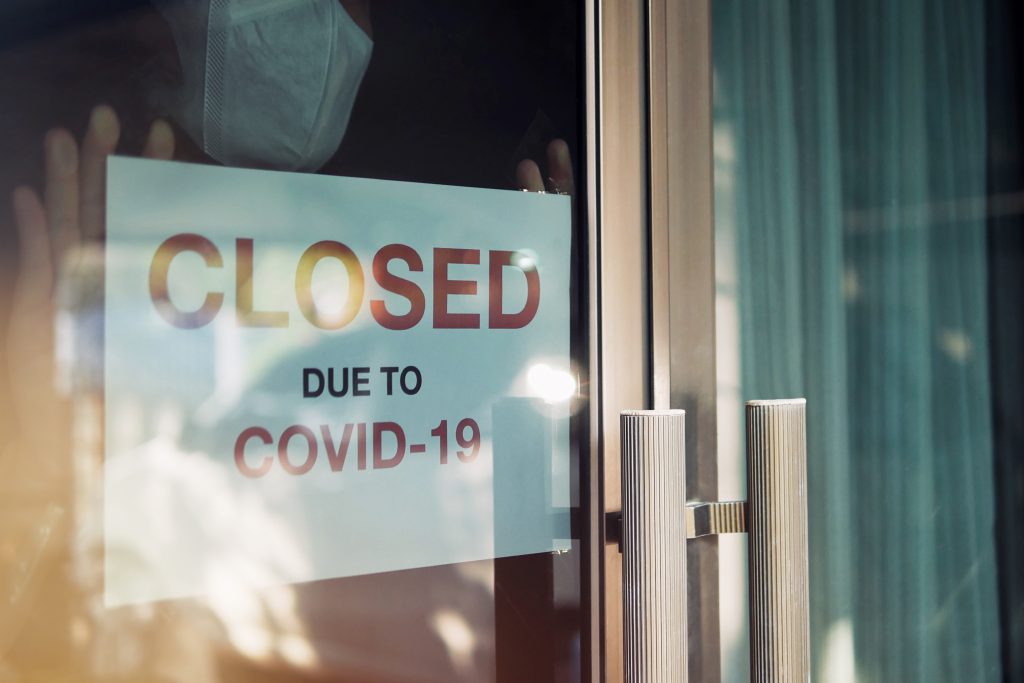Maine lost nearly 106,000 jobs1 in the two months leading up to April 12 as Maine businesses laid off workers across the state because of the ongoing public health crisis, according to new data released Friday by the Maine Department of Labor and US Bureau of Labor Statistics.
Since mid-February, Maine has shed roughly one out of every six jobs. Over that period, which corresponds with the arrival of the coronavirus pandemic in Maine, the state’s unemployment rate spiked to 10.6 percent — the highest since modern tracking began in 1976.
While the data released today offers us the most detailed look yet at how the pandemic has affected employment, the picture it paints may not fully capture the scale of the job crisis.
Quirks in employment reporting likely undercount scale of job loss
The BLS data is compiled via survey, wherein workers self-report their employment status to researchers. For example, respondents may not explain their employment status consistently. Some individuals likely self-reported as employed, even though they had been furloughed without pay. Others were removed from the Bureau’s calculation of the state’s labor force because they reported themselves as not looking for work — an understandable position given public health guidance and the lack of available jobs.
Workers in both those situations are out of work but are not counted in the unemployment calculation. If they were counted, the rate would be a little over 17 percent.
Tourism, education, and health care workers hit hardest by layoffs
Layoffs have not affected all sectors equally. Workers in leisure and hospitality, education, and health care have been particularly hard hit by layoffs during the pandemic.
Here is a breakdown of how many jobs the pandemic erased in the most affected sectors between mid-February and mid-April:
- Leisure and hospitality: 43,000 jobs, or roughly three of every five jobs.
- Education and health care: 19,000 jobs, or roughly one in seven.
- Retail and transportation: 15,000 jobs, or roughly one in eight
- Manufacturing: 8,000 jobs, or roughly one in six
This unique recession makes future jobs picture unclear
It is unclear whether these job losses are permanent or temporary. Given the unique nature of this crisis, some firms may add positions again if policy decisions and public behavior makes it safe to increase economic activity, while others may close or scale back permanently. The latest projections from the Congressional Budget Office indicate the recovery would be slow, with unemployment remaining at or near record highs through September and only starting to decline slowly later this year and into 2021.
Regardless, the unprecedented recession and jobs crisis will require an equally robust response from federal and state governments to support Mainers through the immediate crisis and help them rebound and recover once the public health emergency ends.
Notes:
1 Payroll jobs, which do not include jobs in the agricultural sector or self-employment.




